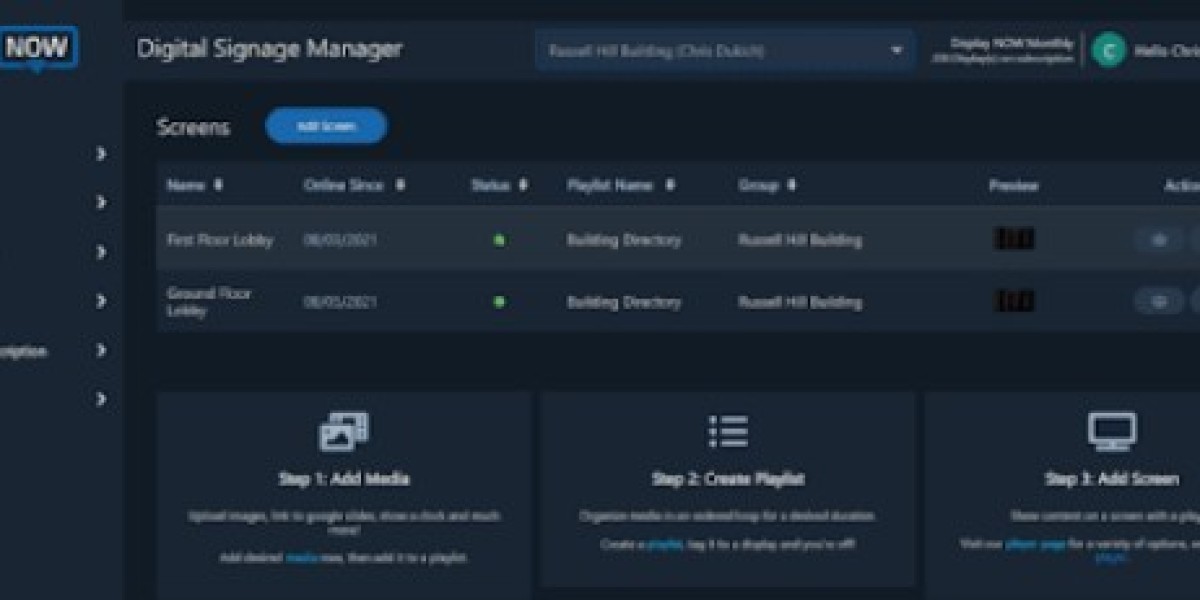When it comes to studying abroad in Canada, one of the most important factors to consider is intakes in Canada . The country offers three major intakes—Fall, Winter, and Summer—and understanding these intakes will help you plan your application process effectively.
The Three Main Intakes in Canada
Canada’s higher education system offers three primary intakes throughout the year, each with distinct deadlines, application procedures, and program offerings.
Fall Intake (September): The Fall intake is the most popular and widely sought-after intake. It marks the beginning of the academic year and generally starts in September. This intake offers the broadest range of programs, making it ideal for international students who want to study in Canada.
Application Deadlines: Applications for the Fall intake are typically due between January and May. To increase your chances of securing a spot in your desired program, it’s crucial to apply as early as possible. Some programs may close their applications earlier than others, so don’t wait until the last minute.
Visa Processing: Since the Fall intake is the most competitive, visa processing may take longer. Therefore, it’s advisable to start your application process well in advance, allowing ample time for document submission and visa approval.
Winter Intake (January): The Winter intake is a fantastic option for students who missed the Fall intake or wish to start their studies in the new year. The intake starts in January and is typically available for a more limited range of programs compared to Fall.
Application Deadlines: Winter intake deadlines usually fall between May and September. Although fewer programs may be available, this intake is still a great option for students who are eager to start their studies later in the academic year.
Visa Processing: Visa processing times for Winter intake tend to be quicker than for Fall intake due to lower demand. However, it’s still essential to apply early to ensure you meet all the necessary deadlines.
Summer Intake (May/June): The Summer intake is less common and typically reserved for short-term certificate programs, diplomas, or specialized courses. This intake can be a good fit for students looking to complete additional certifications or those who want to start their degree later.
Application Deadlines: Summer intake deadlines are generally between November and February. It’s important to check with the specific program or university to determine whether it offers Summer intake for your chosen course.
Visa Processing: As this intake is not as widely used, visa processing times tend to be shorter. However, make sure to apply well in advance to avoid any last-minute surprises.
When Should You Begin Your Application Process?
Start Your Research Early
The first step in preparing for an intake is researching the universities in Canada that offer your desired program. Each university may have different deadlines, so understanding each institution’s schedule and requirements is crucial. Start researching 6-12 months before your intended intake to give yourself ample time to prepare.
Prepare Your Financial Plan
Before applying for an intake, it’s important to understand the cost of study in Canada (link) and plan your finances accordingly. International students must consider tuition fees, living costs, travel expenses, and insurance. Many students opt for part-time work while studying to help cover these expenses. Look into options like scholarships for Indian students in Canada to help alleviate the financial burden.
Gather Required Documents Early
The next step in preparing for your intake is gathering all the necessary documents for your application. These may include academic transcripts, letters of recommendation, a statement of purpose, and proof of financial support. It’s essential to gather these documents ahead of time to ensure that you can meet the application deadlines.
For the Fall intake, aim to have your documents ready by January or February. For the Winter intake, begin preparing your documents by May or June.
Apply for Your Study Permit
Once you’ve received your admission offer, it’s time to apply for your Canadian study permit. It’s important to apply for your study permit 3 to 4 months before your program’s start date. Early application for your visa will help ensure that you can arrive in Canada on time and start your studies without delay.
Maximizing Your Experience in Canada
Studying in Canada is an incredible opportunity that offers more than just an education. There are various options to enhance your experience, from working part-time during your studies to gaining hands-on experience through internships.
Check out the available job opportunities in Canada for international students. Many Canadian universities allow international students to work part-time during the semester and full-time during breaks. This can help you support yourself financially while gaining valuable work experience.
Additionally, as a graduate, you may qualify for a Post-Graduation Work Permit (PGWP), which allows you to stay and work in Canada after completing your studies.
Conclusion
Understanding the intakes in Canada and planning your application accordingly is crucial to securing your spot at a Canadian university. Whether you're applying for Fall, Winter, or Summer intake, early research, document preparation, and financial planning will ensure a smooth and successful application process.
For more assistance with applying to universities in Canada, check out study in Canada, and don’t hesitate to consult with overseas education consultants who can guide you through the entire process, from choosing the right intake to arriving in Canada.









